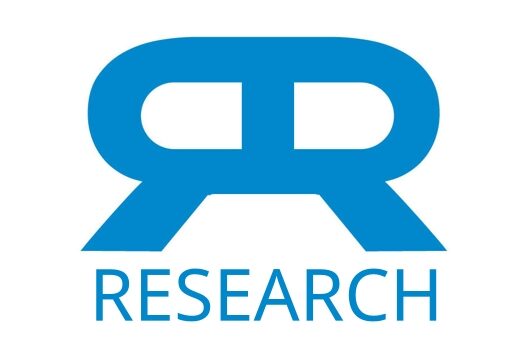Recently, much scientific attention has been focused on resting brain activity and its investigation through such methods as the analysis of functional connectivity during rest (the temporal correlation of brain activities in different regions). However, investigation of the magnitude of brain activity during rest has focused on the relative decrease of brain activity during a task, rather than on the absolute resting brain activity. It is thus necessary to investigate the association between cognitive factors and measures of absolute resting brain activity, such as cerebral blood flow (CBF), during rest (rest-CBF). In this study, we examined this association using multiple regression analyses. Rest-CBF was the dependent variable and the independent variables included two essential components of cognitive functions, psychometric general intelligence and creativity. CBF was measured using arterial spin labeling and there were three analyses for rest-CBF; namely mean gray matter rest-CBF, mean white matter rest-CBF, and regional rest-CBF. The results showed that mean gray and white matter rest-CBF were significantly and positively correlated with individual psychometric intelligence. Furthermore, mean white matter rest-CBF was significantly and positively correlated with creativity. After correcting the effect of mean gray matter rest-CBF the significant and positive correlation between regional rest-CBF in the perisylvian anatomical cluster that includes the left superior temporal gyrus and insula and individual psychometric intelligence was found. Also, regional rest-CBF in the precuneus was significantly and negatively correlated with individual creativity. Significance of these results of regional rest-CBF did not change when the effect of regional gray matter density was corrected. The findings showed mean and regional rest-CBF in healthy young subjects to be correlated with cognitive functions. The findings also suggest that, even in young cognitively intact subjects, resting brain activity (possibly underlain by default cognitive activity or metabolic demand from developed brain structures) is associated with cognitive functions.
Cerebral Blood Flow during Rest Associates with General Intelligence and Creativity
Publication
PLOS ONE
Abstract
Web and Email Links
Related Listings
Journal
Psychotherapy and Psychosomatics
The effect of a 10-week meditation program on 20 patients who were undergoing long-term individual explorative psychotherapy was studied. Change in the psychological well-being of the patients and the impact of the program on the process of their psychotherapy was evaluated. Results obtained from the patients’ self-ratings and the therapists’ objective ratings demonstrated a significant and substantial improvement in most measures of psychological well-being.
Journal
Obstet Gynecol
During a 5-month study, we examined the effects of the relaxation response on premenstrual syndrome in 46 women who were randomly assigned to one of three groups: a charting group, a reading group, and a relaxation response group. The relaxation response group showed significantly greater improvement than the charting and the reading groups on physical symptoms (P less than .025 for both comparisons). There was a significant group-by-severity effect for charting versus relaxation resp […]
Journal
Developmental Medicine and Child Neurology
To assess the efficacy of electromyographic biofeedback, relaxation-response training and pain behavior management as a treatment for pediatric migraine, we studied 18 children between the ages of eight and 12 years (mean = 10 X 1) in a prospective, randomized, controlled investigation. Six patients received all three treatment procedures, six received relaxation-response training and pain behavior management, and the remaining six constituted a waiting-list control group. All patient […]

